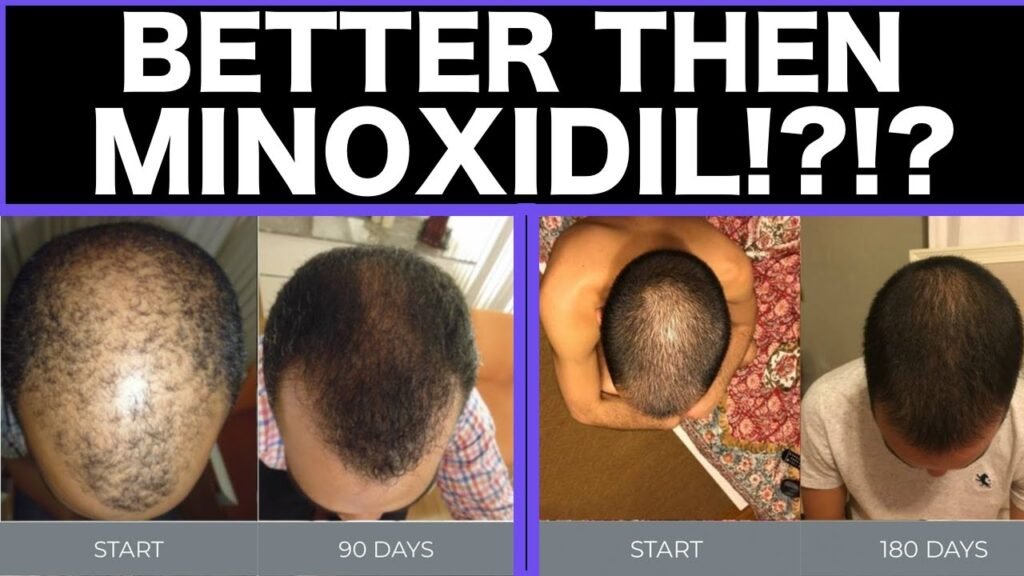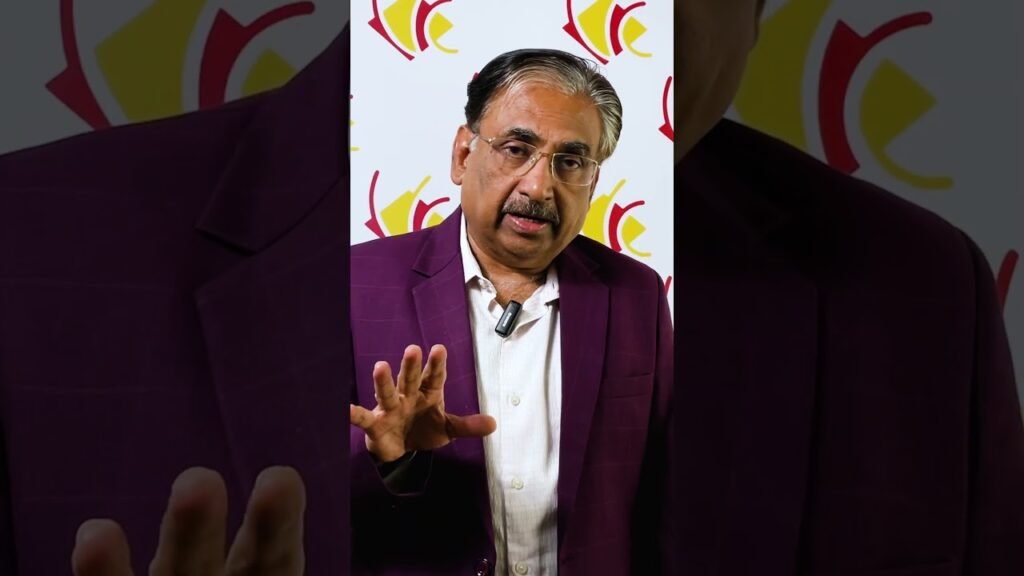Key differences between Minoxidil vs finasteride
When it comes to treating hair loss, two of the most commonly discussed medications are Minoxidil and Finasteride. Both have been proven effective, yet they operate in distinct ways and are suitable for different types of hair loss. Understanding the key differences between Minoxidil and Finasteride is crucial for individuals seeking to make informed decisions about their hair restoration journey.
Mechanism of Action
The primary distinction between Minoxidil and Finasteride lies in their mechanisms of action. Minoxidil is a topical treatment that works by stimulating blood flow to the hair follicles, which can help to strengthen and thicken existing hairs and potentially promote new hair growth. On the other hand, Finasteride is an oral medication that targets the hormonal cause of hair loss by inhibiting the enzyme 5-alpha-reductase. This enzyme converts testosterone into dihydrotestosterone (DHT), a hormone linked to hair follicle shrinkage and pattern baldness. By reducing DHT levels, Finasteride helps prevent further hair loss and can promote regrowth in some cases.
Usage and Application
Another key difference between these two treatments is their mode of application. Minoxidil is typically applied directly to the scalp, usually twice a day, and is available in both liquid and foam forms. Its topical application makes it an accessible option for those who prefer not to take oral medications. In contrast, Finasteride is taken orally, usually in the form of a daily pill. This difference in application may influence a users preference based on lifestyle, convenience, and comfort with medication intake.
Side Effects and Suitability
Both Minoxidil and Finasteride come with their own set of potential side effects and suitability considerations. Minoxidil is generally well-tolerated, with side effects typically limited to the application site, such as scalp irritation or itching. However, some users may experience unwanted facial hair growth. Finasteride, while effective, may cause systemic side effects, including decreased libido, erectile dysfunction, and other sexual side effects, which can be concerning for some users. Additionally, Finasteride is not recommended for women, especially those who are pregnant or may become pregnant, due to the risk of birth defects. Understanding these differences is vital for users to choose the treatment that aligns best with their health profile and hair restoration goals.


